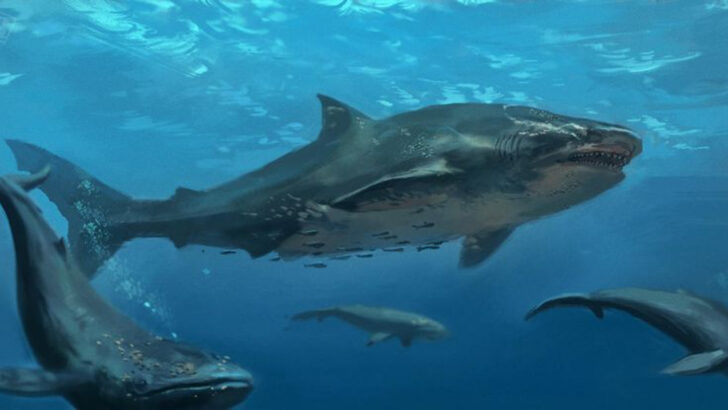Sharks have ruled the oceans for over 400 million years, and some of their extinct relatives were straight-up monsters. We’re talking jaws the size of couches, teeth like steak knives, and enough bite force to crunch through bone and shell like candy. These weren’t your average great whites—some reached 60 feet long and made today’s predators look tame. Understanding these ancient giants gives us a chilling glimpse into just how fierce evolution can be—and what once lurked beneath the surface. Ready to meet the most terrifying sharks the world has ever known?
Megalodon

Imagine a shark three times the size of a great white, with teeth the size of a human hand. This was Megalodon, a true giant of the sea. Known for its enormous size, it dominated the oceans around 23 to 3.6 million years ago.
With jaws that could crush a car, Megalodon preyed on whales and other large marine mammals. Its existence has sparked imaginations and inspired stories of sea monsters.
Despite its terrifying reputation, Megalodon’s reign ended mysteriously, leaving behind only fossils and a legacy of awe.
Helicoprion
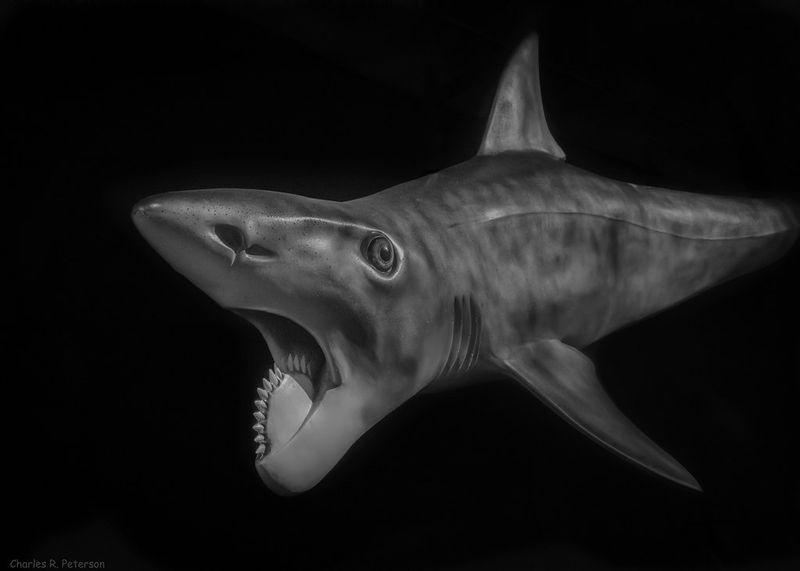
The Helicoprion is best known for its bizarre spiral jaw, a feature that puzzled scientists for years. This ancient shark lived over 250 million years ago and had a jaw that resembled a circular saw.
The spiral arrangement of its teeth allowed it to slice through prey with precision, making it a formidable predator. Unlike any shark living today, Helicoprion’s appearance was both fascinating and terrifying.
Its peculiar dental formation has made it a subject of intrigue and study, offering a glimpse into nature’s evolutionary creativity.
Cretoxyrhina
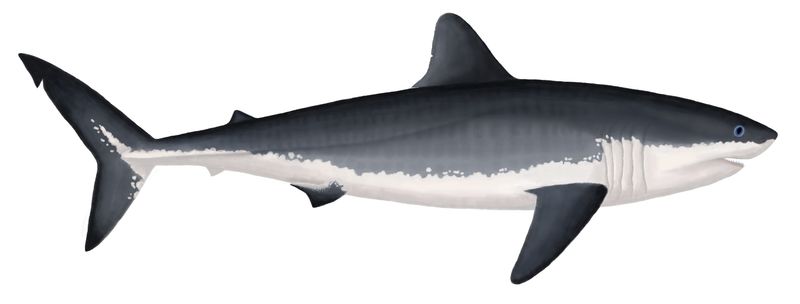
Often referred to as the Ginsu Shark due to its sharp, serrated teeth, Cretoxyrhina was a swift and agile predator. It roamed the seas around 100 million years ago during the Cretaceous period.
With a body built for speed, it could chase down prey with ease, including large marine reptiles. Its razor-like teeth were perfect for slicing through flesh, making it a feared hunter.
The fossil record of Cretoxyrhina provides valuable insights into the marine ecosystems of its time, showcasing the complexity of prehistoric life.
Stethacanthus
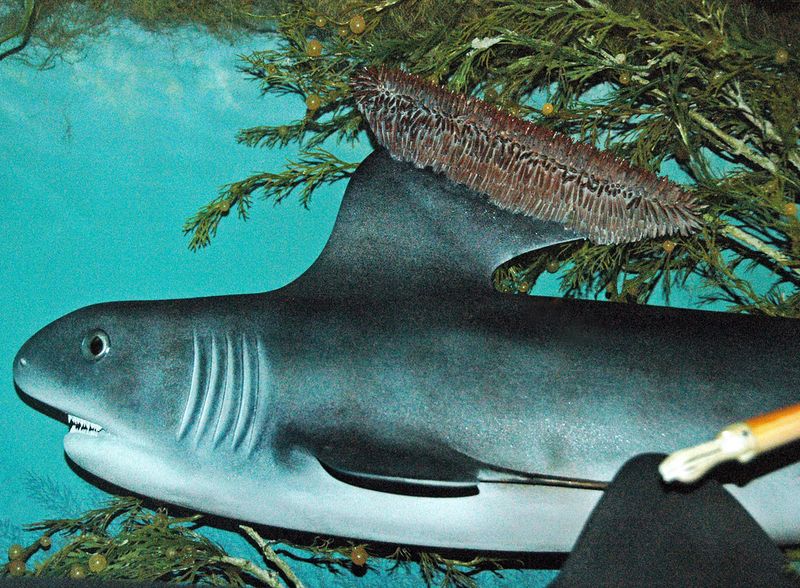
Stethacanthus was unlike any other shark, sporting a peculiar anvil-shaped dorsal fin. This distinctive feature has intrigued scientists and laymen alike.
Living around 360 million years ago, this shark was relatively small but no less intriguing. The purpose of its unusual fin remains a mystery, with theories ranging from mating displays to defense mechanisms.
Its odd appearance and enigmatic nature make Stethacanthus a captivating subject of study, reflecting the diversity and wonder of early shark evolution.
Xenacanthus
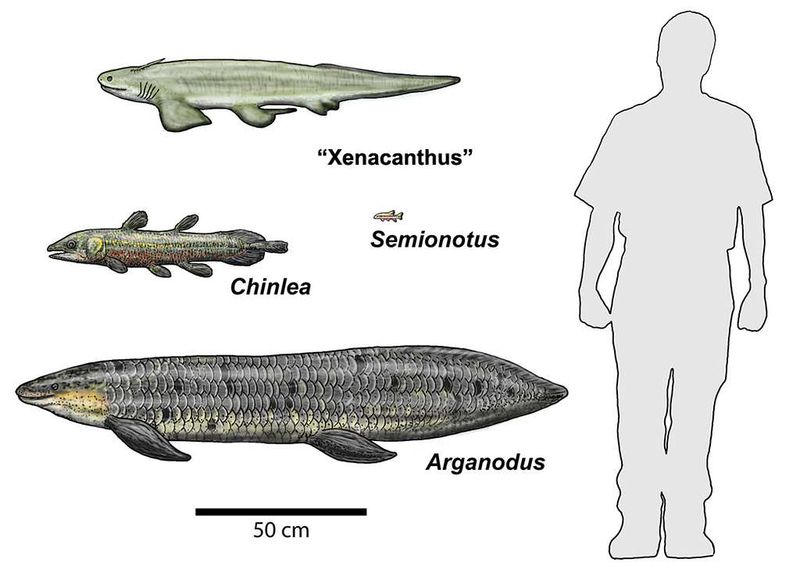
Xenacanthus was a freshwater shark with a long, eel-like body, thriving in rivers and swamps around 300 million years ago. Its elongated form and unique fin set it apart from its ocean-dwelling relatives.
Adapted to a life in murky waters, Xenacanthus hunted small fish and crustaceans. This adaptability highlights the diverse habitats early sharks could conquer.
With a name meaning “strange spine,” Xenacanthus continues to intrigue scientists, offering clues about the evolution of sharks in freshwater environments.
Cladoselache

Cladoselache is one of the earliest known sharks, dating back to the Devonian period, over 370 million years ago. With a sleek, torpedo-shaped body, it was built for fast swimming.
Unlike many modern sharks, it lacked scales and had a different jaw structure, showcasing early shark evolution. Its dietary habits included small fish and invertebrates, reflecting its role in the ancient marine food web.
Cladoselache serves as a vital link in understanding the origins and adaptations of sharks, illustrating nature’s relentless innovation.
Carcharocles chubutensis
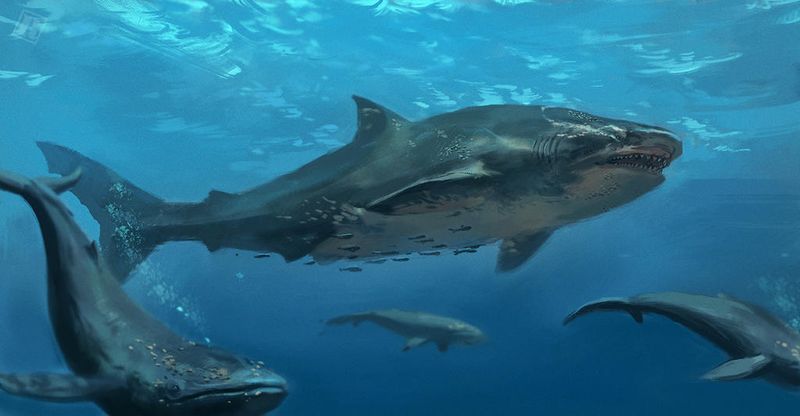
Carcharocles chubutensis was a precursor to the infamous Megalodon, sharing many of its formidable traits. It roamed the oceans around 28 to 5 million years ago, preying on large marine animals.
This shark’s large, serrated teeth were perfect for hunting, contributing to its status as a top predator. Its robust body and powerful jaws echo the characteristics that would later define its giant descendant.
Fossils of Carcharocles chubutensis offer valuable insights into the evolutionary lineage of some of the most fearsome sharks in history.
Edestus
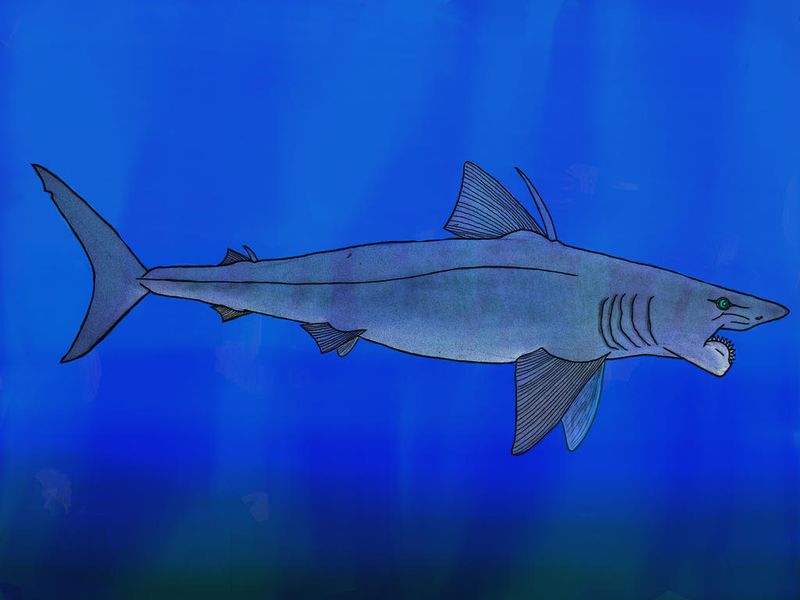
Often called the “scissor-tooth shark,” Edestus had a jaw lined with teeth that protruded outward like a pair of scissors. This unusual formation allowed it to slice prey with precision. Living around 300 million years ago, Edestus was a predator to be reckoned with.
Its distinctive dental arrangement remains a focus of scientific curiosity, illustrating the diverse adaptations of ancient sharks.
Edestus adds a fascinating chapter to the story of shark evolution, highlighting nature’s ability to innovate in the battle for survival.
Hybodus

Hybodus was a versatile shark from the Jurassic period, characterized by its dual-spined dorsal fin and varied diet. It thrived around 180 million years ago, navigating both freshwater and marine environments.
With teeth adapted for grinding and cutting, Hybodus could feast on diverse prey, from fish to shellfish. Its adaptability made it a successful predator across different habitats.
The dual-spined fin of Hybodus is a unique feature, adding to its allure and providing a glimpse into the adaptability of prehistoric sharks.
Paleocarcharias
Paleocarcharias, often likened to modern carpet sharks, swam the oceans during the Jurassic period. With its flattened body and camouflaged skin, it was an adept ambush predator.
It lived about 150 million years ago, blending into the ocean floor to surprise unsuspecting prey. This stealthy hunting method showcases the varied strategies sharks developed over time.
Paleocarcharias’ resemblance to existing species highlights the incredible diversity and evolutionary success of the shark lineage.
Falcatus
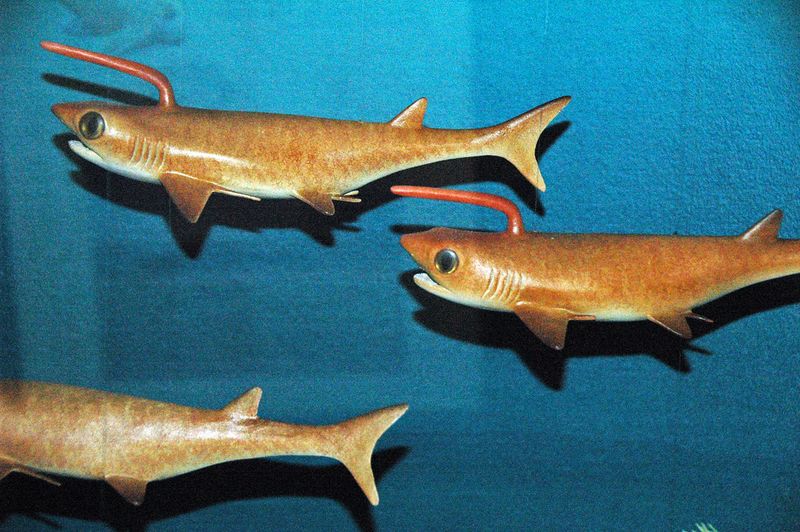
Falcatus is known for its unique head spine, curving elegantly like a scythe. This small shark lived over 300 million years ago in the oceans of the Carboniferous period.
The purpose of its distinctive spine remains debated, with theories suggesting it played a role in mating rituals or defense. Its small size and specialized features make Falcatus a subject of fascination among paleontologists.
Falcatus exemplifies the complexity and diversity of early marine life, offering insights into the intricate dance of evolution.
Scapanorhynchus
Scapanorhynchus was a shark that bore a striking resemblance to today’s goblin sharks, with its elongated snout and slender body. It thrived during the Cretaceous period, about 100 million years ago.
This deep-sea predator’s unique snout likely helped locate prey in dark waters, showcasing an adaptation for a challenging environment.
Scapanorhynchus provides a fascinating glimpse into the evolutionary continuity among sharks, linking ancient species with their modern descendants in a mesmerizing chain of life.
Orthacanthus
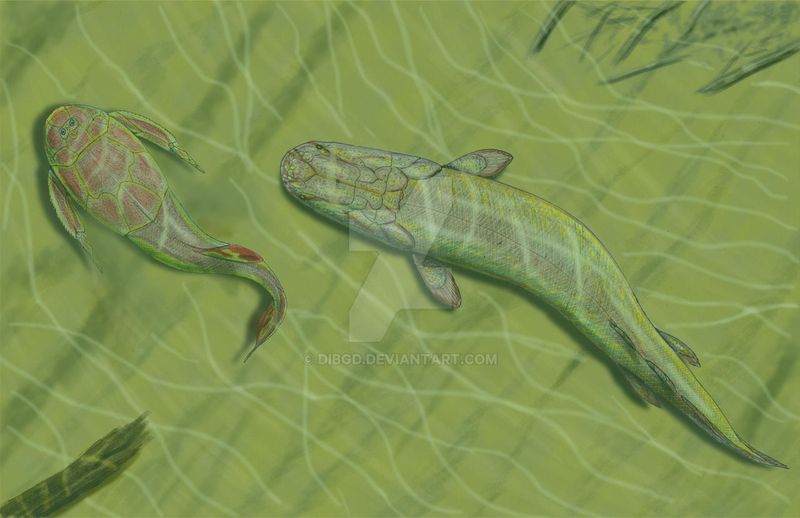
Orthacanthus was a freshwater predator from the Carboniferous period, with a long, eel-like body and a distinctive two-pronged dorsal fin. It inhabited swamps and rivers around 300 million years ago.
This unique structure, coupled with its adaptability to freshwater environments, made Orthacanthus a successful and intriguing species. Its diet consisted of fish and amphibians, reflecting its role in the prehistoric aquatic food chain.
Orthacanthus’ fascinating features continue to captivate scientists, shedding light on the diversity and adaptability of early sharks.
Otodus

Otodus is an ancient shark known as a precursor to the Megalodon, living approximately 60 million years ago. This formidable predator had large, triangular teeth perfect for hunting marine mammals.
With a robust body, Otodus was well-equipped to dominate its environment, paving the way for its even larger descendants. Its evolutionary significance lies in its contribution to the lineage of some of the most impressive sharks that have ever lived.
Otodus continues to be a focal point for paleontologists studying the rise of giant predatory sharks.
Carcharocles angustidens
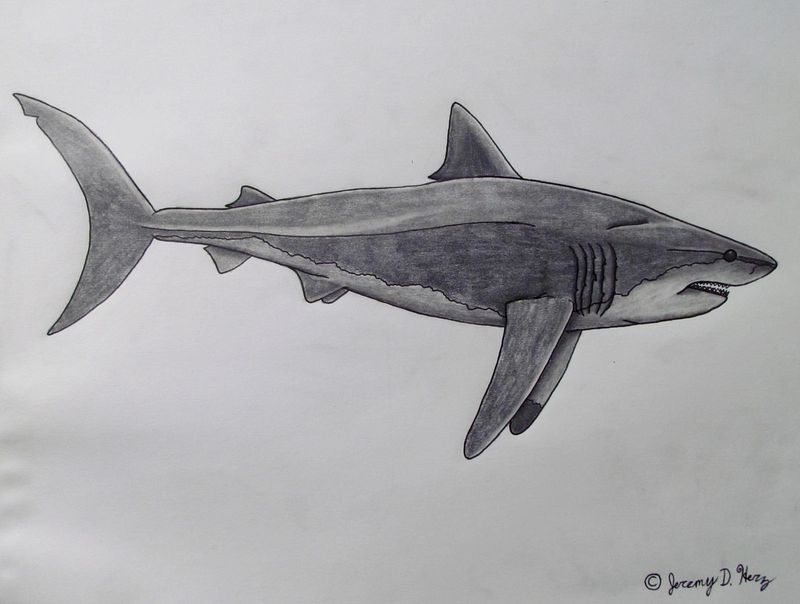
Carcharocles angustidens, another ancestor of the Megalodon, was a dominant ocean predator around 33 to 22 million years ago. Known for its large, serrated teeth, it preyed on whales and other sizable creatures.
Its powerful build and hunting prowess marked it as a top predator, contributing to the fearsome reputation of its lineage. The evolutionary path from Carcharocles angustidens to Megalodon illustrates the progressive adaptation and specialization of these marine giants.
Its fossils offer a fascinating glimpse into the development of prehistoric shark species.
Squalicorax

Squalicorax, often referred to as the “crow shark,” lived during the Cretaceous period, about 100 million years ago. This medium-sized predator was known for its sleek body and sharp, serrated teeth.
Its diet included marine reptiles and other sizable prey, reflecting its role as an efficient hunter in the ancient seas. Squalicorax’s adaptability and hunting skills made it a successful predator of its time.
The fossilized teeth of Squalicorax provide valuable insights into the ecology and predatory behaviors of extinct marine ecosystems.

